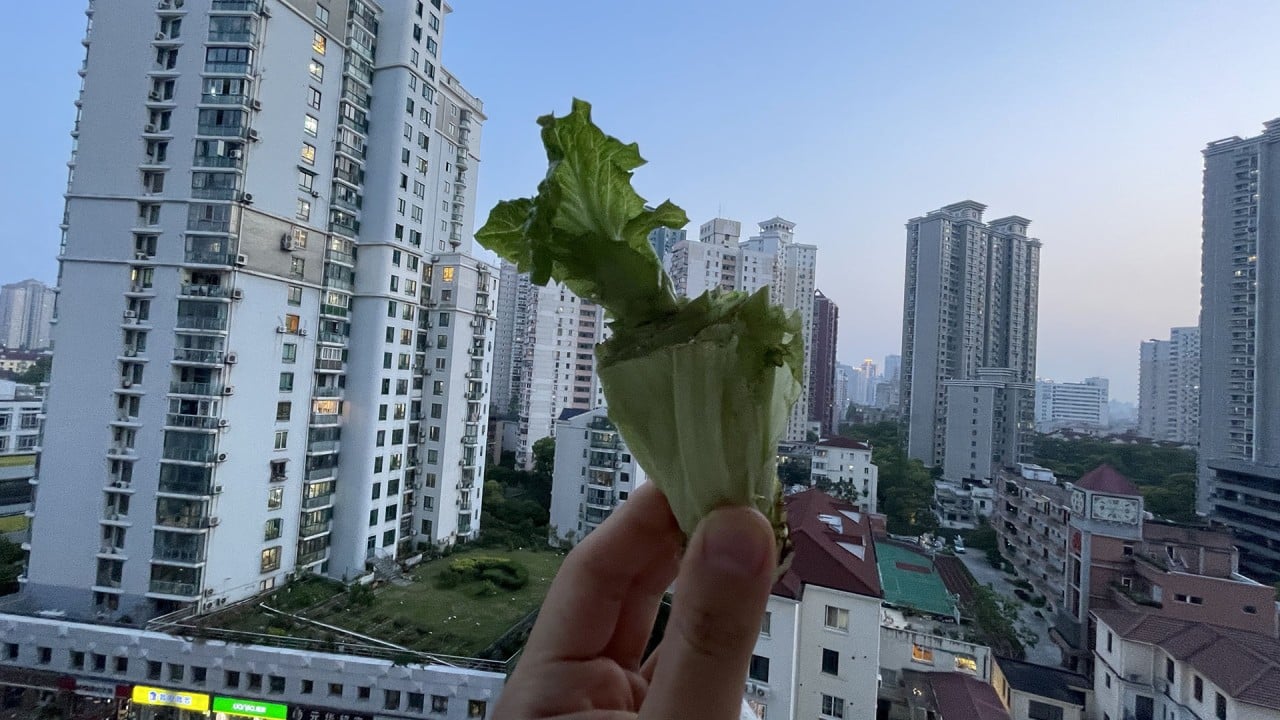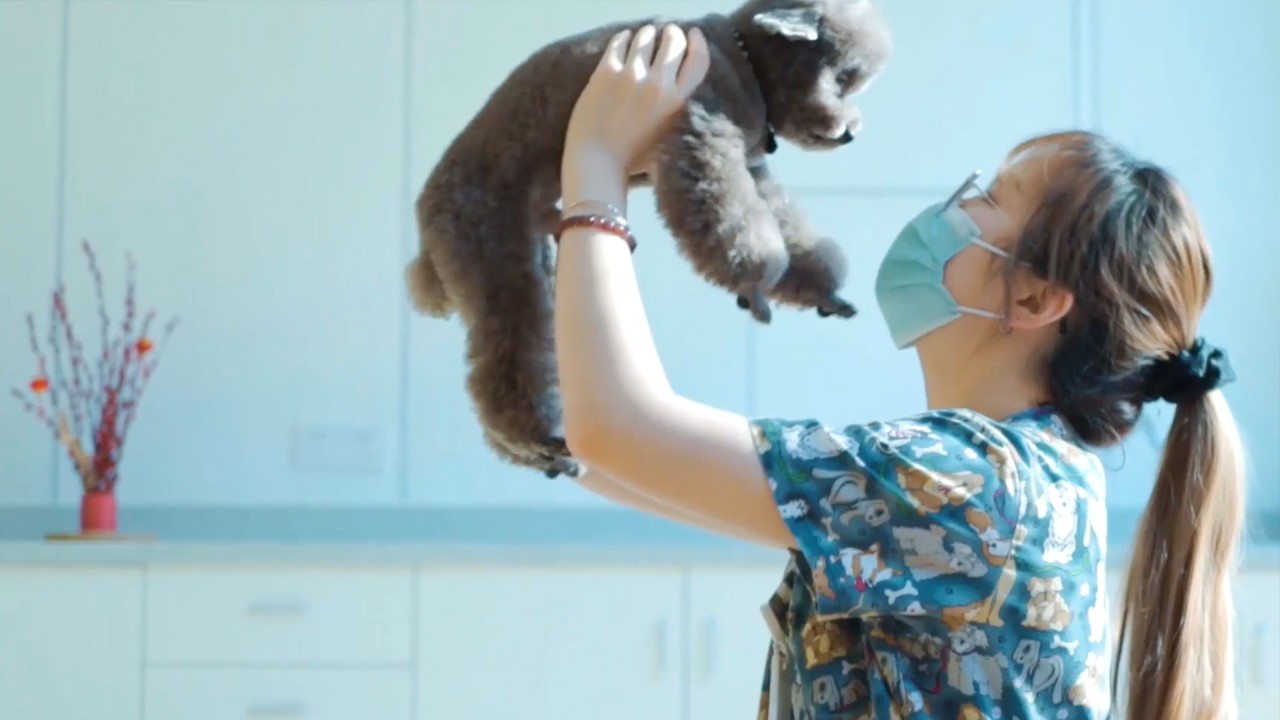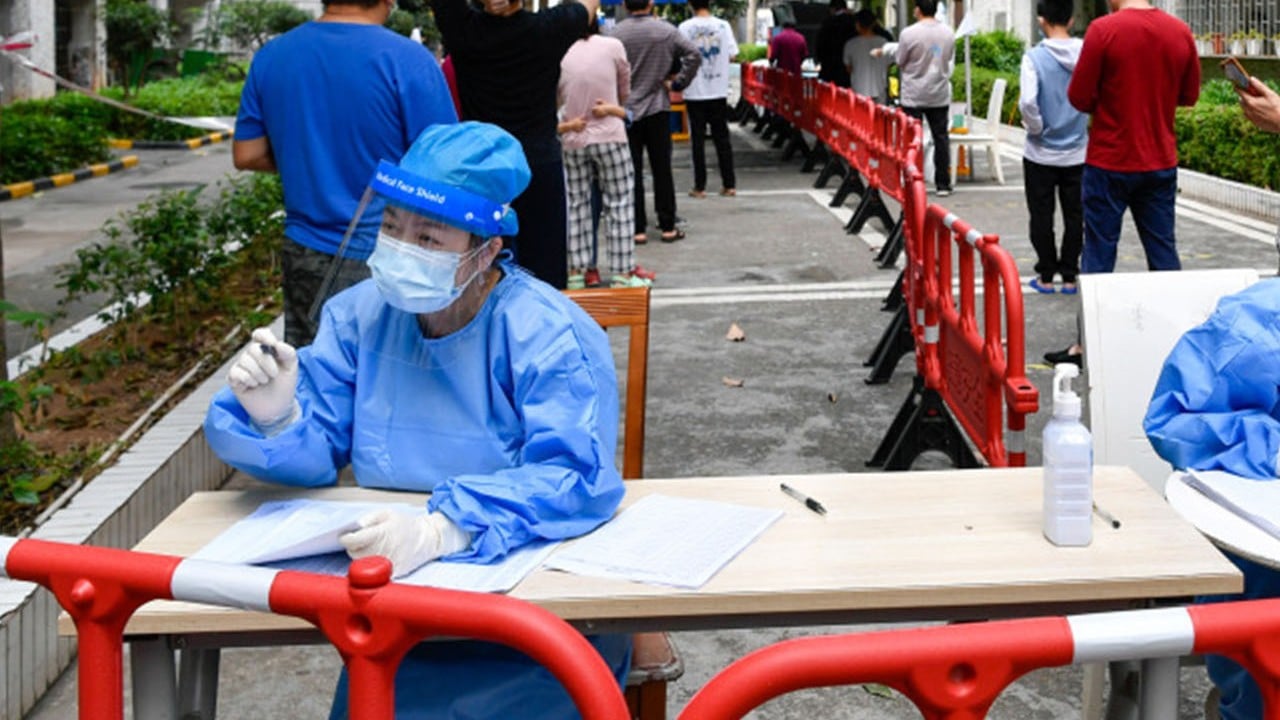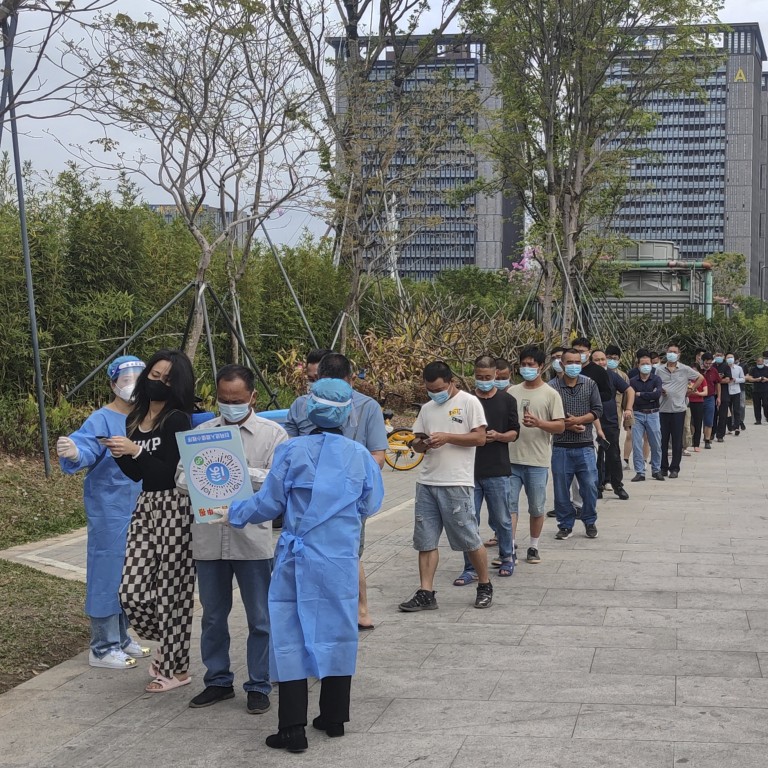
Staying home in Shenzhen: why I will not take a Covid test every other day
- One Shenzhen-based reporter describes what it’s like trying to avoid the city’s mass testing policy
- Residents must show proof of a recent test to undertake a wide range of activities: and not having one can seem like a mark of shame
Whenever someone asks to see my health code, I feel embarrassed. On the lower left-hand side of my code, in the “nucleic acid testing” section, a green code with the words “within a week” flashes up – not the blue “24-hour negative” or the purple “48-hour negative” codes needed to enter most public venues in Shenzhen.
Having a test result that is more than 48 hours old feels like a mark of shame, showing that I had been bad and did not follow neighbourhood orders.
While I mostly stay at home, recently I ran out of dish-washing sponges and had to venture out to restock at a small homeware shop nearby. The owner looked taken aback when he saw my health code, and told me I should get tested. He was kind enough to let me buy the sponges, though, whereas I would not even be able to enter a shopping mall or most larger outlets.
During this period, three rounds of citywide mass screening were conducted, to quickly find positive cases and cut transmission links.
The whole process usually takes less than half an hour, and is entirely free. But it still feels troublesome, to repeat the process over and over, just to prove that I’m Covid-free.
It also feels like there’s an additional risk of exposure, going to the testing centre and waiting in a line of people to get tested, when I can stay safely at home.
When you queue for the tests, volunteers ask you to scan two QR codes, the first one to show that you’re healthy and have not come into contact with potential cases, and the second one to enter your name and address.
Another volunteer scans the second QR code on your phone, which automatically uploads the information into the neighbourhood’s system, and divides people into teams of 10. A medical staffer does the test and puts 10 samples in one test tube.
Court for Chinese man who smuggled 4 from Hong Kong to Shenzhen
Furthermore, this proof is now needed to enter most public places. Currently, a negative result within 72 hours is needed to ride the subway, a result within 48 hours must be shown to enter shopping centres and office buildings, including mine.
My residential compound even installed a new electronic door, linked to a scanner. When someone enters, they must scan their health code, and that will open the door if it detects a test result taken within 48 hours. Otherwise, it lets out a loud screech: “Unqualified, unqualified!”
I cope with it by staying indoors as much as possible. I order food and groceries online, and the riders, banned from entering, will hand the deliveries to me over the fence. It helps that my job allows me to work from home.
Others are less fortunate. Michael Li, a local book editor, told me that his company bars anyone without a test result taken within 48 hours from entering.
His residential compound is even stricter. Once, his mother forgot to get tested for 72 hours and immediately received a phone call from neighbourhood staff, urging her to get screened, he said.
“It felt like we were in a concentration camp,” he told me.
An employee from internet giant Tencent Holdings said the company’s policy regarding testing changes constantly, depending on the Covid-19 situation around the country.
Is it fair to blame Hong Kong for Shenzhen’s Covid-19 outbreak?
The newest policy states that a 72-hour test result is needed to enter all Tencent buildings in Shenzhen – the firm is one of the city’s biggest companies – and shuttle buses to Guangzhou have been halted due to an outbreak there.
“I don’t mind taking the tests,” he told me. “It takes less than five minutes, you just need to get used to it.”
But at least so far, I haven’t been able to get used to it. I still remember a world that required no masks, no test results and no Covid shots.
Now, whenever I walk on the streets, instead of real estate agents, I see volunteers advertising shots.
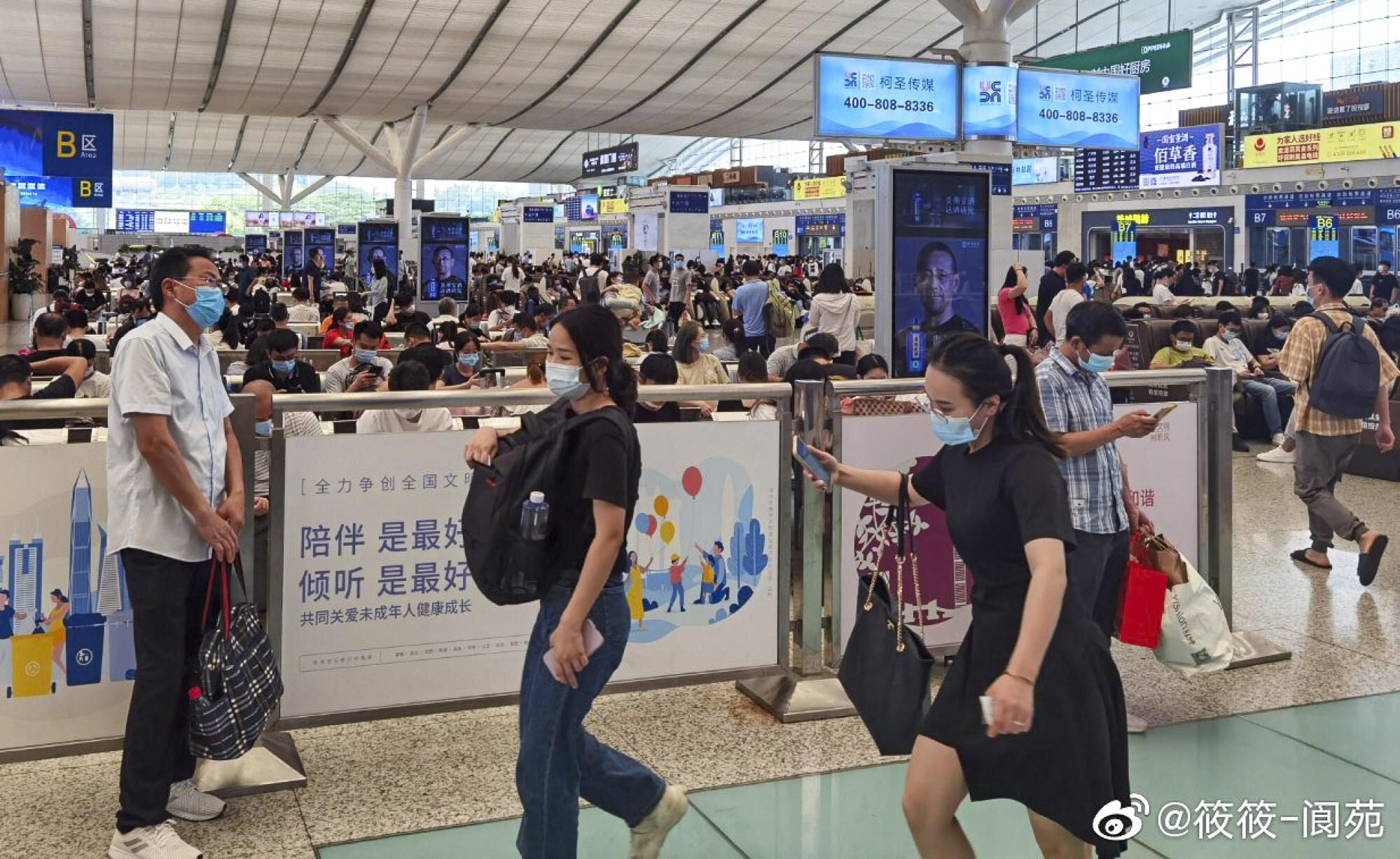
“Come to the Walmart station to get your shot,” a volunteer recently told me. “We have an abundant supply – including booster shots, almost no lines and seniors over 60 can receive 500 yuan [US$75] worth of coupons.”
When I talk to friends about going out, getting tested is now on the reminder list. It’s no longer “bring a hat and sunscreen” or “I will drive”, but “remember to get tested!”
This is rapidly becoming the new normal. This week, Hangzhou announced its residents must get tested every 48 hours, with no end date. In Guangzhou, when Covid started spreading in the community last month, the local government promptly announced three rounds of mass testing, and residents lined up until midnight to get screened.
And even if authorities don’t come knocking on my door, I can only hide in my room to avoid the test for so long without becoming a complete hermit.
In fact, I’m finally heading out soon to get tested: my friends have asked me to join them for badminton tomorrow, and I’ll need an updated health code to enter the court.

.jpg?itok=H5_PTCSf&v=1700020945)
